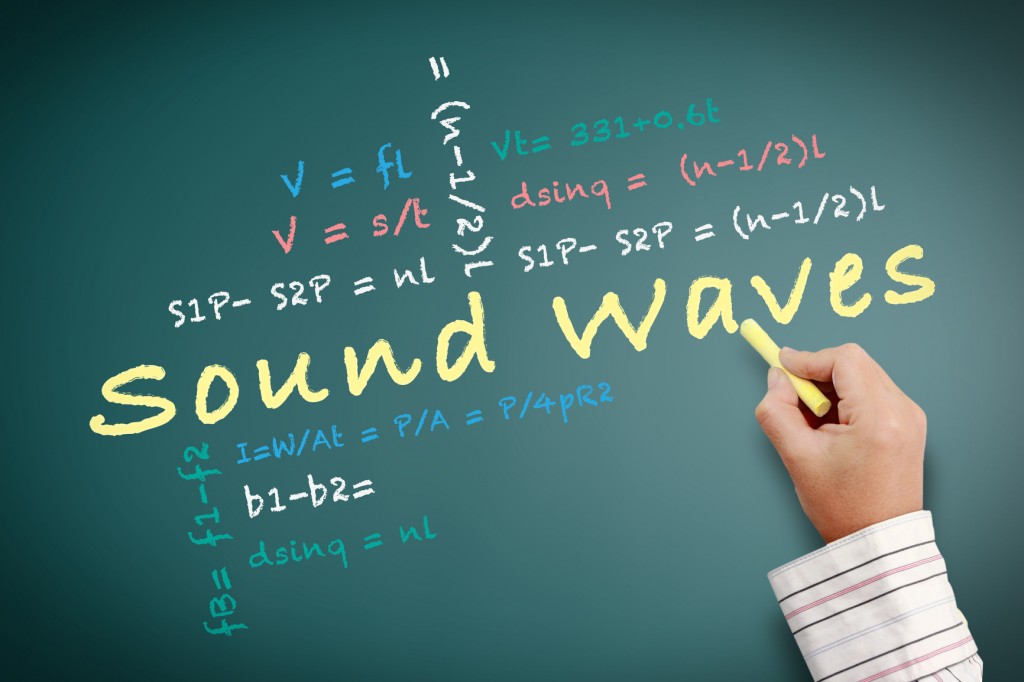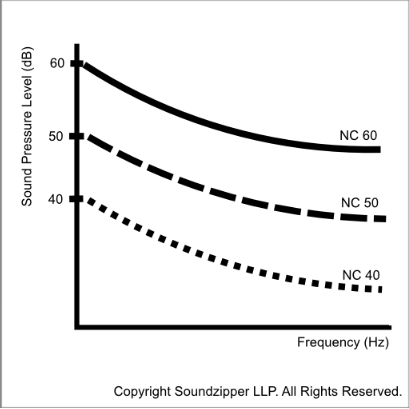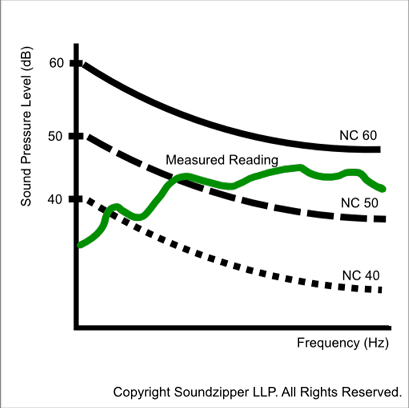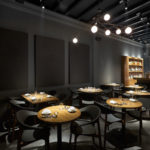13
Mar
2015
A Practical Guide To Sound Transmission Class And Noise Criteria.

Reading Time: 4 minutes
STC, NC and NCB Demystified!
Written by: Jordan Chia
Not all noise is of the same nature. In the cacophony of urban living, unwanted sound can vary from the low thud of heavy machinery to high pitch sirens of a passing police car. How much sound transmission is allowed by a wall? Can a single number measure them all?
In this post, we will explore some myths behind the terms STC, NC and NCB, which are commonly used terms in soundproofing and acoustic treatment.
What is Sound Transmission Class (STC)?

STC stands for Sound Transmission Class. Before we can understand how it works, we need to look at some other terms.
First, let us look at the term dB, or decibels. A dB value simply measures how loud or soft a sound is. A loud rock band at a club is typically around 110dB, while the noise level in a quiet office is probably around 30dB.
When installing “soundproofing” solutions – say a wall, door, or window, this dB value can be affected. The reduction in this value is known as Sound Transmission Loss. For example, imagine we are at that same club where noise levels are measured to peak at 110dB. After shutting the door of the club and standing outside, the meter reads 90dB. We could then say that the shut door, walls, and other related components of the club has resulted in a transmission loss of 20dB in general.
But wait! I can still hear that loud kick drum and bass wobble, even though the guitars are hard to make out. If we sent a pure sine wave through that same door and changed the frequency each time, we will find that the transmission loss value is different in each case.
This means that sound transmission loss is dependent on the frequency measured. Frequency is measured in Hz. The loud boom of the kick drum was probably from 20Hz to 60Hz, while the the now inaudible guitars were probably 500Hz. The human ear is able to detect sounds ranging from 20Hz to 20,000Hz.
By taking 16 standard frequencies from 125Hz to 4000Hz and measuring their transmission loss, a curve can be plotted. There are several standard reference curves. If the plotted curve approximately matches an STC 45 curve, then that wall or structure being tested is said to have a Sound Transmission Class of 45.
The Myths…
1) If Wall A has a Sound Transmission Class of 60 (STC 60) and Wall B also has an STC 60 of 60, they are exactly the same.
As we can tell from the process used to rate the Sound Transmission Class of a wall, it is possible to have 2 walls with slightly different curves but both having the same STC rating. Therefore, not all walls with the same STC rating perform exactly the same.
2) A wall with a high Sound Transmission Class rating will block everything, including bass.
Another issue is that Sound Transmission Class values do not include frequencies below 125Hz. This means the subwoofer bass from a home theatre, traffic noise from large vehicles, planes, heavy machinery are not taken into account.
What is NC and NCB?
Communication is an important part of any work. Hence when a dog barks, or there is low rumble of heavy machinery in an environment, our words cannot be heard if we were to speak in the same manner as we would in a quiet room. Our speech level must be louder than the minimum noise level, also known as the noise floor.
Some workspaces are noisier than others. We cannot silence everything in the world – a helicopter pilot is sitting inside a pretty noisy machine but still needs to communicate with ground control. We can however, find ways to minimize the noise in the design of buildings.
To do this, building engineers use a single number value known as Noise Criteria, or NC for short. What is this anyway?
Noise Criteria are a set of curves that measure different noise levels, as shown on this graph:

A measurement of the background noise can be made and compared against the curves. In this instance, the green line represents the measured data.

We can see that the measured curve does never crosses NC 60. This means that the measured noise meets the Noise Criterion of NC 60.
NC 60 is pretty bad for anything. Here are some NC values to give you a rough idea of noise expectations in different applications.
Apartments – NC 25 – NC 35
Factories – NC 40 – NC 65
Recording Studios – NC 15 to NC 20
NCB, or Balanced Noise Criterion is an improved version of NC. They feature more negative slopes to address hiss noise. There are also other ways of rating noise which we will not cover in this post. NC and NCB are the most commonly used standards by acoustic consultants to rate the noise level of a space.
Conclusion:
As we can see, Sound Transmission Class, or STC, are reference curves to help us determine how well a wall prevents sound from being transmitted into another room. Noise Criterion, in both NC and NCB variants are reference curves that help us access the noise that is present in a room or an environment. Determining these values are critical in devising soundproofing and noise control solutions.
If you want to read about the effects of sound on a person check this stupefying personal story.
Still confused or need help doing sound tests? Get in touch here.






Good day! I simply wish to offer you a big thumbs up for
your excellent info you have right here on this post. I will
be coming back to your blog for more soon.
Greetings,
We would like to know the Sound Transmission Class (STC) of 52.11 are reference to the Hollow block works thickness 200 mm as given data by the block the manufacturers.
It would highly appreciated if you could help us to measure STC vs. Db from being transmitted into another room wall. Determining these values are critical in devising soundproofing and noise control solutions.
Thank you in advance.
Dear Ali,
Thank you so much for approaching us. In general cases, an STC of 52 would equate to a 52 dB attenuation in sound. However, it is very important to note that STC is a weighted single integer rating of the attenuation from 125 Hz to 4000 Hz and does not represent the attenuation at specific frequencies. Knowing the sound profile of the space and the actual attenuation at specific frequencies of the wall is vital for designing for accurate soundproofing.
Johnny Lee (Acoustic Consultant)